Sassari, Tattari in Sardinian language, is geographically located on a limestone plateau that reaches the Gulf of Asinara in the north, while in the south-east the town is surrounded by a series of hills. Coming from the road (later I will also tell you which roads you can take to get there), Sassari appears as a cold city, nestled between a series of valleys and gorges.
Feeling that disappears as soon as you dive into the narrow streets, monuments and parks that make it up. Let’s see what are the places that deserve to be visited in Sassari like a local. Here are ten tips for your authentic itinerary.

Sassari come un local: how to get to the city
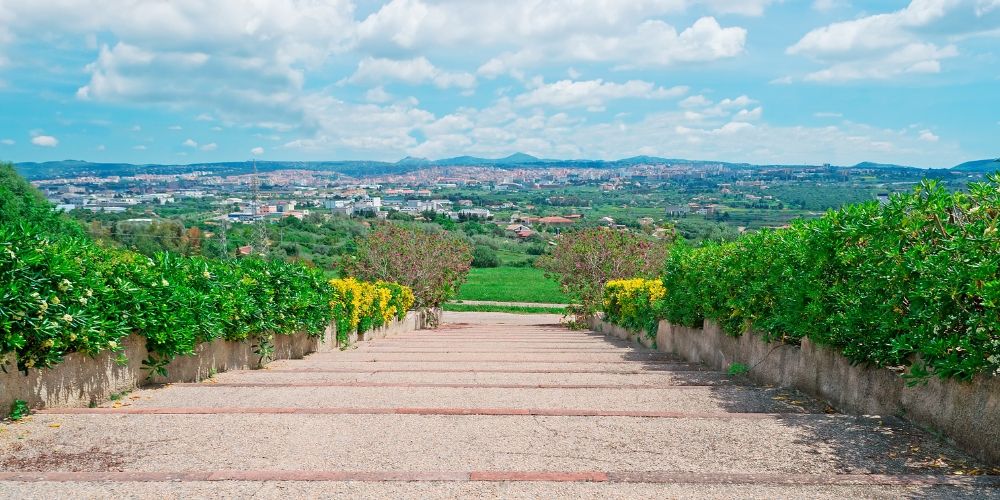
Our guide to Sassari like a local starts with some logistical information on the various ways you can get to the city.
Sassari can be reached by car, which could be useful to visit the surrounding places, through three main roads. The first, the SS131, connected with Porto Torres, Oristano and Cagliari. The second, the SS291 connected to Alghero and the third, the SS127 connected to Olbia.
As you may know, to reach the island of Sardinia you can use the ferry or the plane. As for the first solution, the nearest port to Sassari is Porto Torres, which is nineteen km. While, the nearest airport is Alghero, about 30 km.
10. Visiting the Duomo
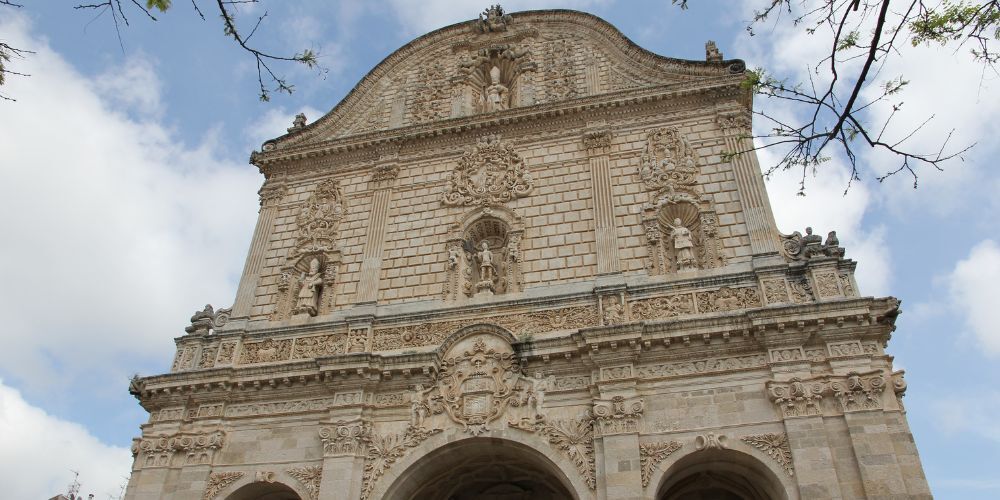
As in any city in Italy that is a must is the Duomo. Also Sassari does not escape this rule. The advice we give you, in fact, is to take some time to visit the Cathedral of San Nicola located in Piazza Duomo, in Sassari. It is the main church of the city and the main structure dates back to the thirteenth century (1441).
Around the Duomo the first settlement of the city developed. The Cathedral is a mixture of styles, sons of the various remakes over the centuries: the Baroque facade, the bell tower in Romanesque style, the Gothic vaults and the classic decorations. The Duomo appeared for the first time in 1135, according to the evidence of the time. In ancient times it was a Paleocritian building, the remains of which can be found under the apse.
Inside the Church offers paintings of various kinds made between the fourteenth and sixteenth centuries. The main altar is marble, in classical style, made in 1690, with Corinthian columns and capitals around. Above it you will see the Madonna del Bosco, a painting of the Sienese School of the Fourteenth Century. A visit that is really worth including in your itinerary in Sassari as a local.
9. Discover Cargheghe, Osilo, Nulvi and Castelsardo
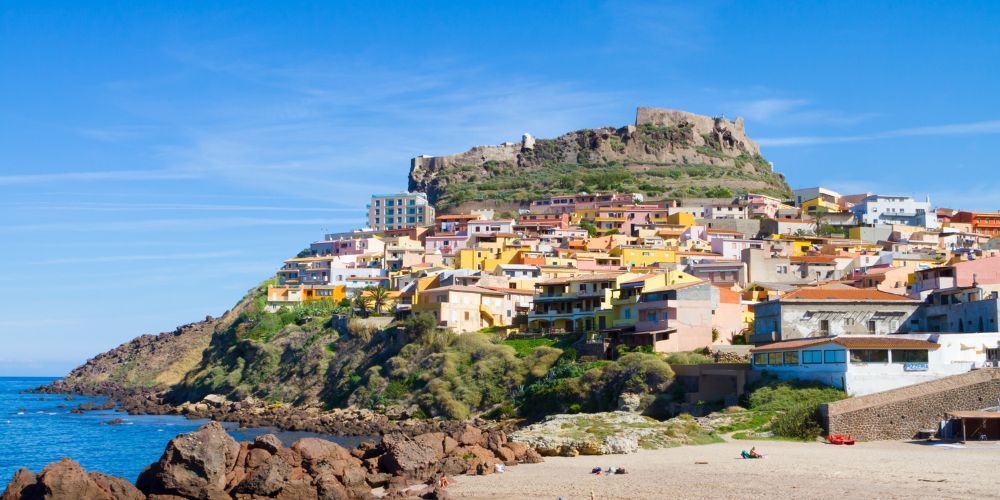
If your itinerary in Sassari allows you a few hours of time or you have an extra day we recommend you visit some villages in the surrounding area. The first is the village of Cargheghe, 18 km away. Here you will find old houses, decorated with murals and many testimonies of the past. Always moving inland, towards the east, about twenty km you will find the village of Osilo. Here you can visit the ruins of the Malaspina Castle, dating back to 1200.
Continuing a few kilometers inland you will find Nulvi. Village known especially for the numerous presence of Nuraghi, eighty. In addition, in the village of Nulvi, you can see on stage the ancient customs and customs of the past centuries. Finally, going north there is Castelsardo. It is located directly on the sea and is considered one of the most beautiful villages in Italy so much so that it has received the coveted 'Il Borgo dei Borghi 2015' award.
8. Relax on the beach

In your itinerary in Sassari, we suggest you take some time to relax on the beach. You can rent a car and reach in a short time some of the most beautiful beaches of Sardinia, but if you already own a car it will be even easier to move around and inside the island. Among the beaches that you should visit there is Platamona, about ten km from Sassari.
A little further away, but very charming are the beaches of La Pelosa and La Pelosetta. Two pearls set in the north of the island forty km from Sassari made of white sand and crystal clear sea. A postcard image worth seeing with your own eyes. From here, on foot, you can also reach the so-called La Torre della Pelosa which will give you a view of an idyllic setting. Further away, about an hour and a half drive, there is Cala Sassari, on the east coast. A beach set within the Golfo Aranci could be part of your vat, in case you had other days available.
If you want to know more about North Sardinia's most beautiful beaches, read this).
7. Enjoy the local food

If all these visits have given you an appetite, don’t worry. There are plenty of places to refresh yourself in Sassari and, thanks to these tips, you can do it just like a local. The local cuisine, in fact, is very rich and tasty. You can not miss the typical dish of Sassari cuisine: snails! You got it right: snails. Or, as they say in dialect, the Cioggia Miudda. The way to prepare them is varied. They can be found in green, with sauce or with potatoes.
If you are interested in buying typical products directly on your own, do not miss to visit the Civic Market. It is located between Viale Umberto, Piazza del Mercato and Via del Mercato. Here you will see on the counters vegetables, fruit, fish, poultry and meat.
6. Partecipate to folk events
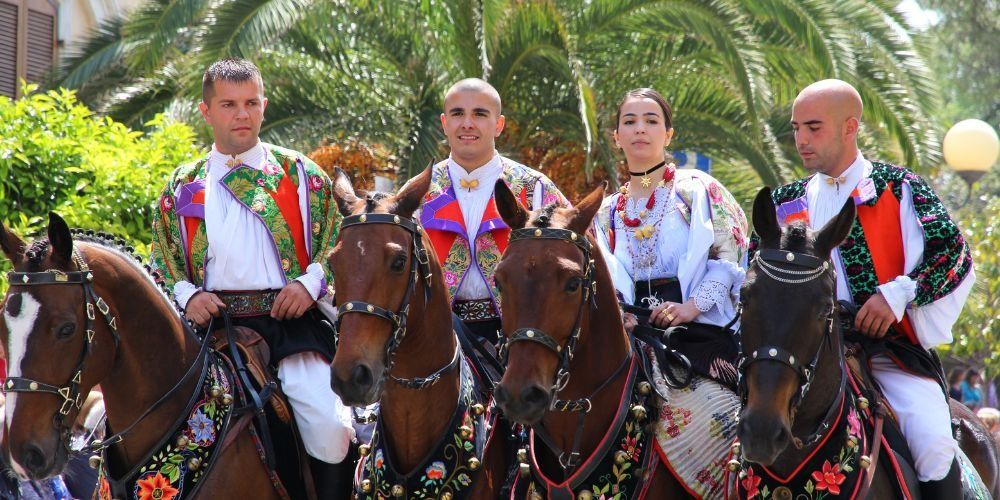
Sassari is a city that hosts two important events throughout the year. If you are lucky enough to visit it these days you can not miss it. The first is the so-called Cavalcata Sarda. A parade with the historical costumes of all the cities of Sardinia. An event held on the penultimate Sunday of May and that attracts many inhabitants of the island.
The second, is the La Discesa dei Candelieri. On August 14 each year the city’s brotherhoods cross the streets of the old town to the rhythm of music and dance. A colourful atmosphere, party and music.
If you are passionate you can also enjoy an evening at the Teatro Comunale di Sassari. A place to sit and watch shows of excellent quality.
The North of Sardinia is an area full of events that are enhanced by the festival Salude and Trigu, created by the Chamber of Commerce of Sassari. If you want to know more about, we talked about that in this article.
5. Visit Il Parco delle Arti di Molineddu
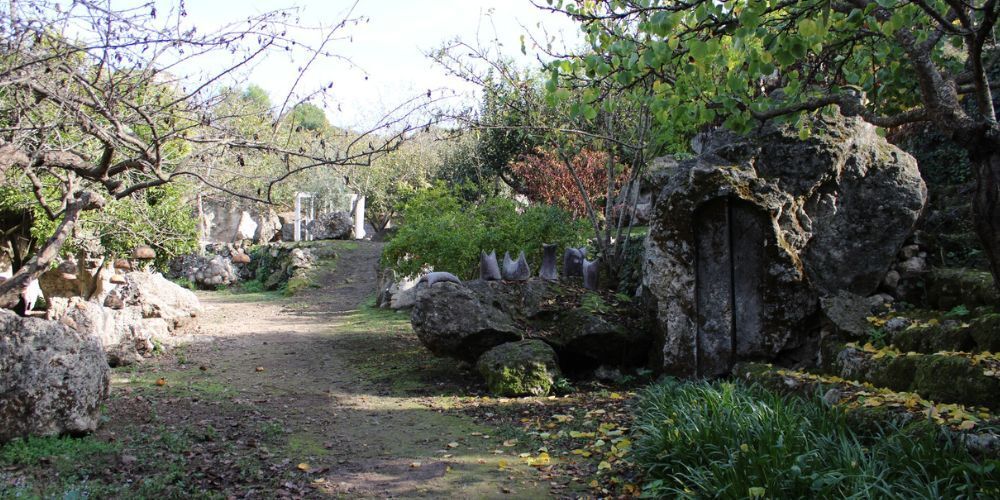
Photo taken from facebook page of Parco delle Arti di Molineddu
If your stay allows and you still have a few hours to spend visiting the surroundings of Sassari, do not miss the so called Il Parco delle Arti di Molineddu. A place designed by Bruno Petretto, surrounded by nature, a sort of open-air museum. The Park is located in Ossi, a village that is about ten km from Sassari. It can be reached by car in just under twenty minutes, or by bus in an hour.
It is worth visiting this park with stone sculptures made on rocks collapsed from the rock that alternate together with ceramic and metal sculptures, paintings, photographs in a unique open-air gallery in the middle of nature. Among fruit trees, geese and hens, this park houses contemporary art that will strike your curiosity. Inside, with a little research, you will find a table set with a cup of tea. Yes, the reference is to Alice in Wonderland!
4. Enjoy the nature

Enjoy the nature of the gardens and parks in Sassari
If your itinerary in Sassari as a local should be in the summer you should visit the parks and gardens of which the city is rich. Breathing in the fresh air is a great way to face a day of tourism as a local. You can walk along the narrow streets of the parks in peace. You can admire the large trees, meadows and fountains. For those not afraid to walk a few kilometers, you can reach high points, where you can admire the city.
3. Walking through the particular streets of Sassari
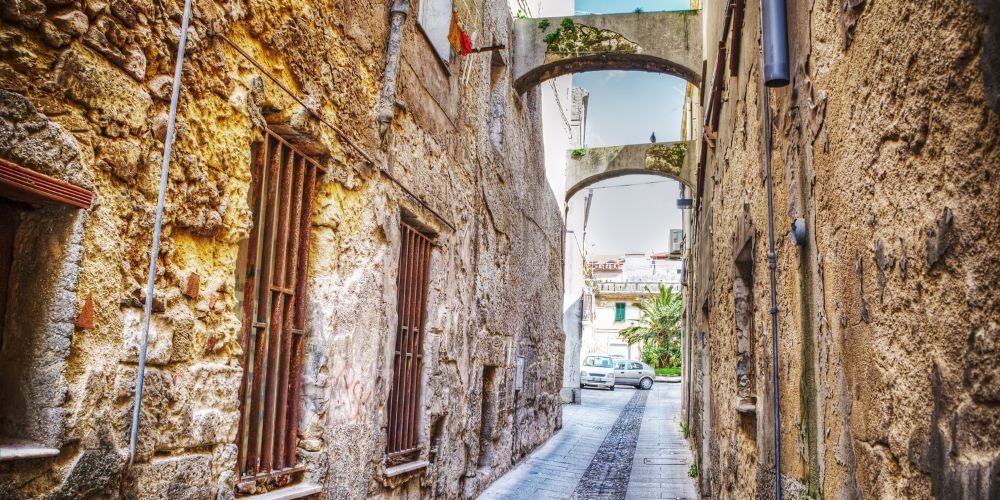
The streets of Sassari named in Catalan
Sassari is a city that can be visited on foot and you will have seen it portrayed in some photographs that show the characteristic streets, rich in colors and light. A maze of alleys and narrow streets that represent the main nerve of the city. But a careful eye, especially visiting Sassari on foot will notice a special feature that will attract your attention. Some streets in the city centre are in Catalan.
All this is due to the important Spanish influence that has dominated the city over the centuries. For example, a careful eye will notice Via Carrera Longa, or Via Turritana. Just to give two examples, but we suggest you have fun looking for many more
2. Visit the symbol of the city
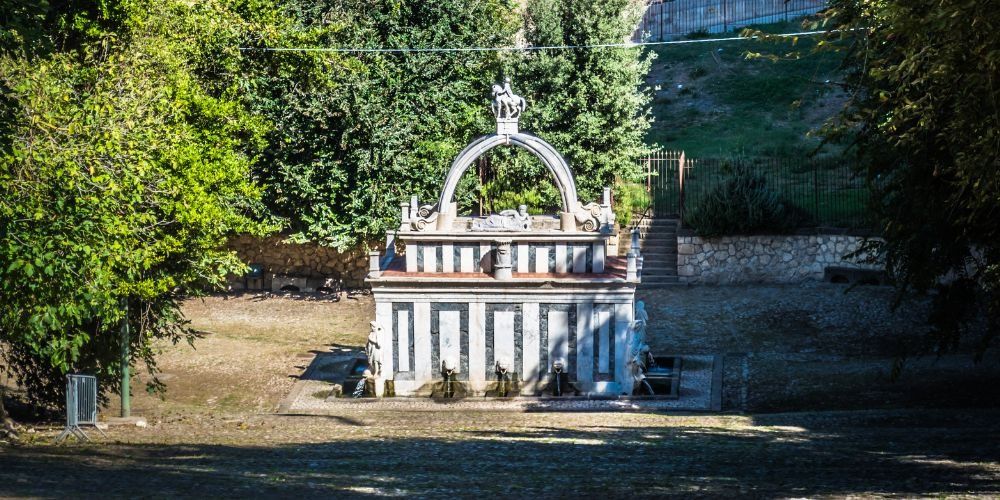
There are many places of interest in Sassari, but like any self-respecting city you also have your symbol. It is a fountain. So, after a little rest from visiting the museums and the Pinacoteca, you can continue and go to the district of Monte Rosello. Right here you will find the evocative work that stands as a symbol of Sassari: the Rosello Fountain. It was built at the end of 1200 and through the allegorical meaning summarizes the flow of time, symbolized by the twelve mouths, called cantaros and with the presence of four statues depicting the seasons.
1. Sassari like a local: visit the main monuments
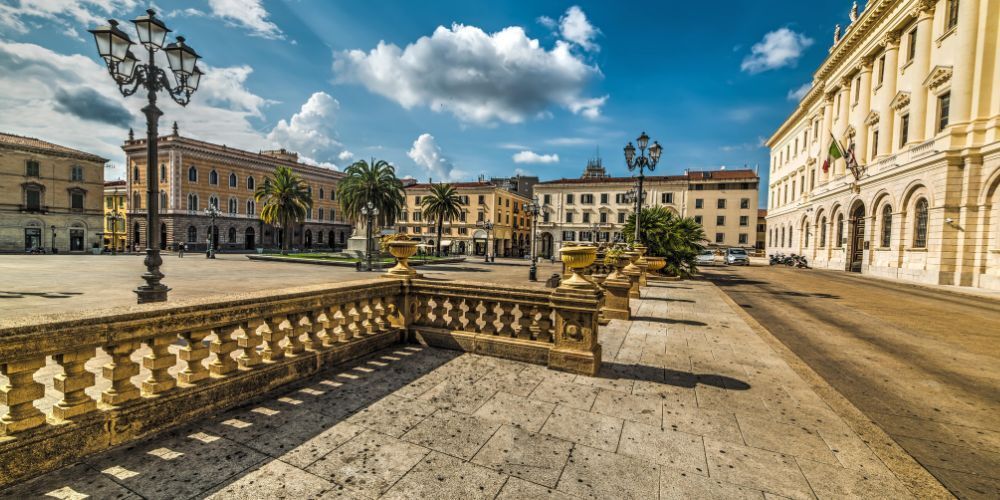
The Sassari Cathedral
Piazza d'Italia is considered the living room of the city, overlooking the palace of the Province dating back to the nineteenth century and from this point you can start your visit to the main monuments of Sassari. Also, do not miss the Cathedral of San Nicola located in Piazza del Duomo, in the heart of the historic center. The building dates back to the 12th century. Continuing a little further we suggest you visit the Archaeological Museum G.A. Sanna: one of the most important in Sardinia.
Another place to visit is the National Art Gallery. It is always within the historic center and collects over four hundred works, mainly paintings, documenting the production of different Italian and European schools and artists from the Middle Ages to the present day. The collection also includes a significant review of Sardinian artists of the early twentieth century and a rich section of graphics.
About the author
Written on 25/07/2023

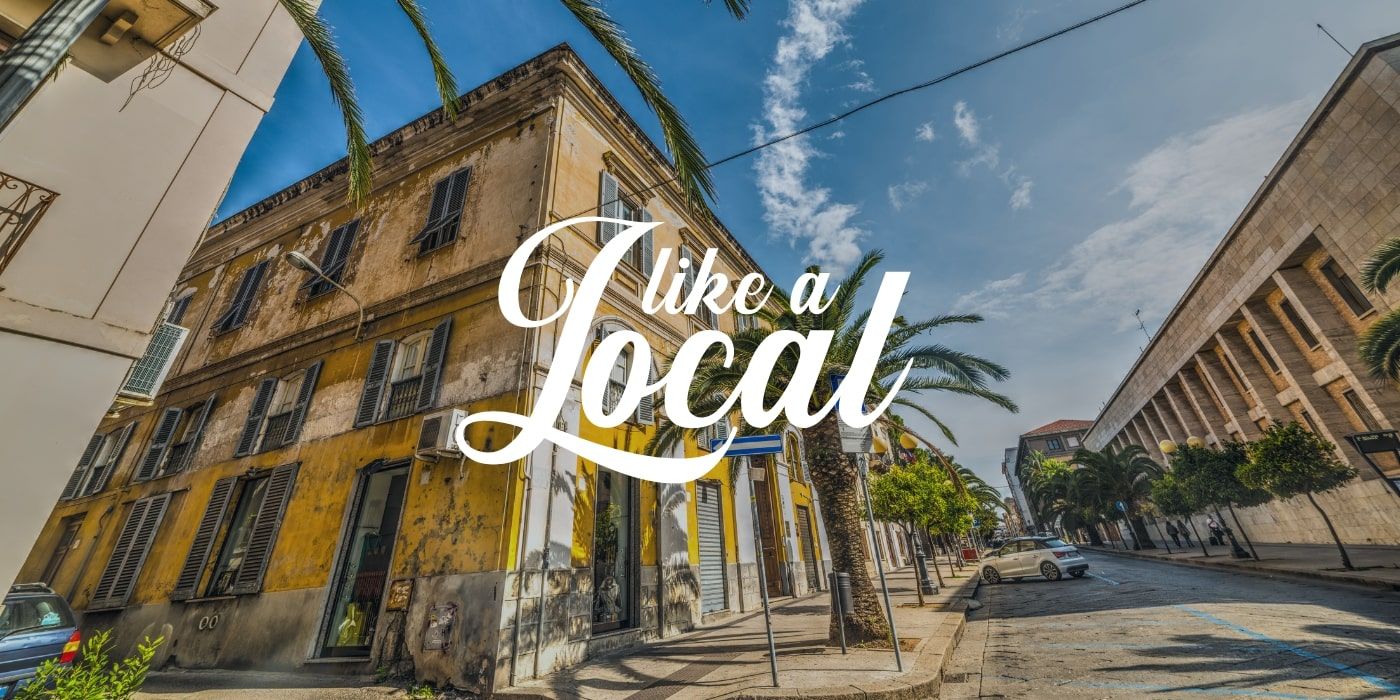

Lorenzo Braccini
Sassari as a local: a place in the north-west of Sardinia that is worth to be discovered, in one or more days. Here are ten tips.